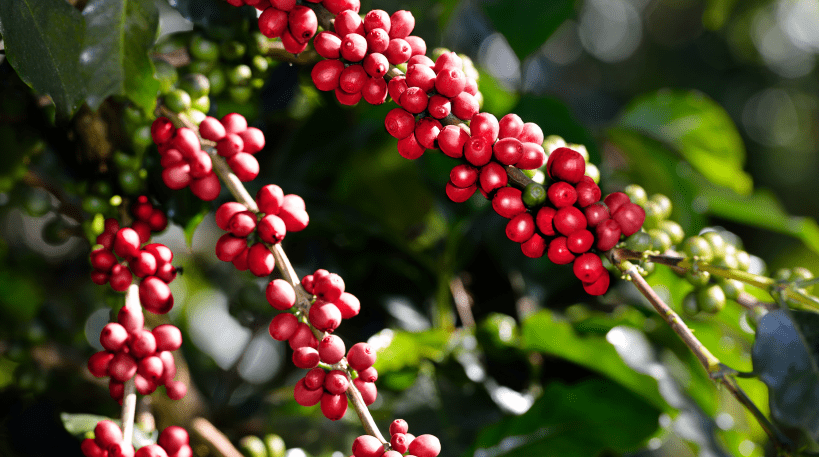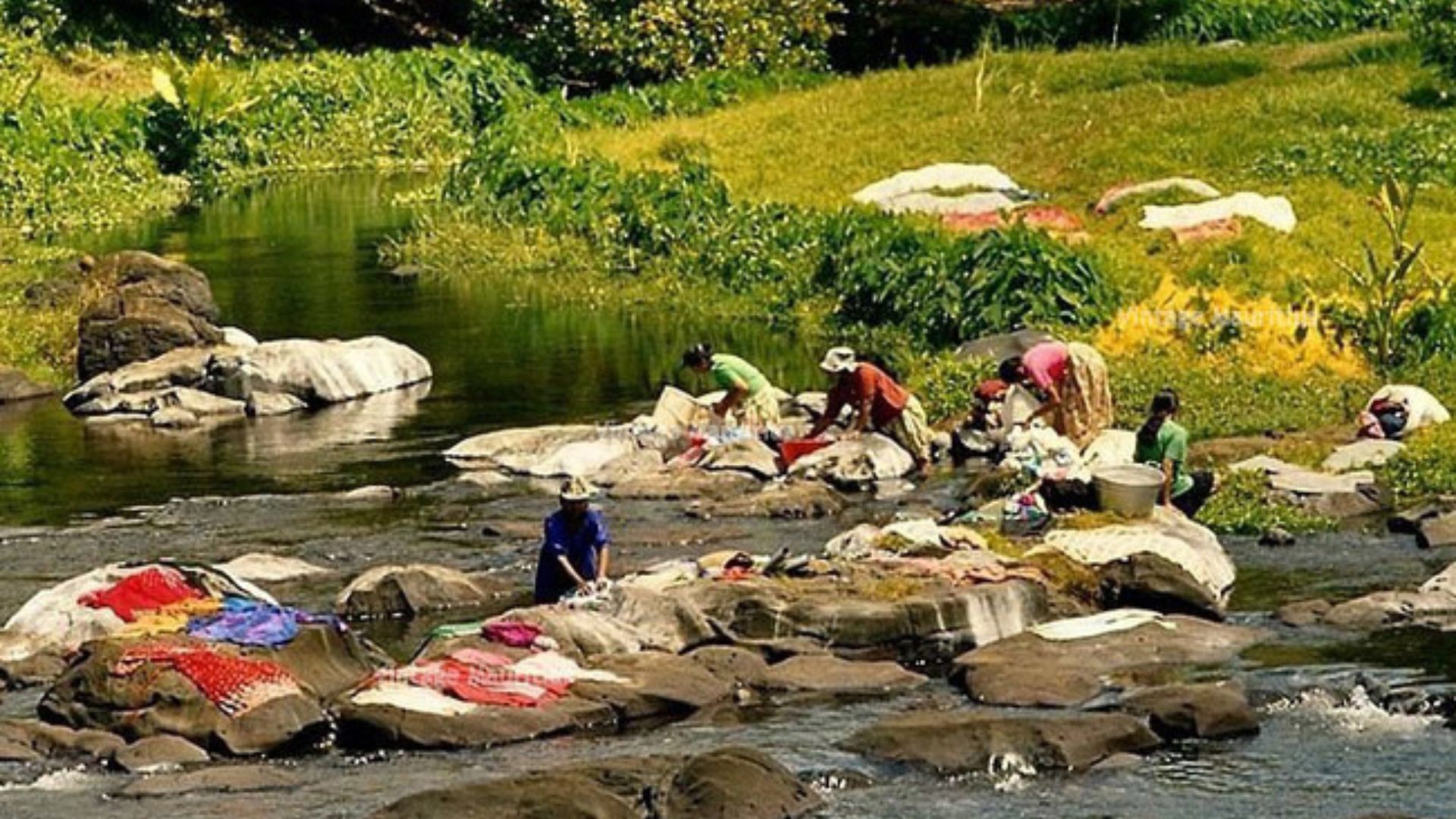Mauritius: Focus on the Heart of palm, eco-responsibility in its splendor!
Landing in Grand Port in 1598, the Dutch were seduced by the lush nature of this plot of land which they named ‘Mauritius’ in honor of the Prince Maurice of Nassau. Silhouettes of palm trees, stood proudly on the slopes of the mountains as far as the eyes could see. Among these was the Dictyosperma album, commonly known as the Heart of Palm that would become over the centuries a Delicatessen of the Mauritian cuisine and a very utilitarian eco-responsible source of products.
The runaway slaves, the maroons had already made the Heart of Palm their main food, however having very few instruments to cut them down, they always feared that the noise produced by its fall would attract their chasers. These palms also called hurricane palms or cyclone palms as they are resistant to winds can reach up to a height of 30 meters.
The Heart of Palm is now planted on a rotation of six to seven years on private lands of former sugar properties. Replantation is systematic so that there is always availability. Each Heart of Palm tree gives only one heart in its life as it must be felled using an axe to reach the edible part before removing the ’empondres’, which is the base of the petiole. Another possibility is to put the top part on hot coal, the Heart of Palm is then cooked over a slow-burning fire, keeping all its flavor. Heart of Palm can therefore be eaten raw, cooked with coarse salt, as salad, in white sauce, in butter and its taste is very appreciable.
In the novel Paul and Virginie written by Bernardin de Saint Pierre, he does not hesitate to mention it as growing wild in nature: the two children lost in the forest found one specimen and they described its heart as tasty!
The usefulness of Heart of Palm is multiple. From the leaves, rooves of hunting camps were once built. The wood split in half and dug was used as a means to transport water. One could still build very solid shelters from the trunk. The bark which has the shape of a large container, was used to contain water at a time when the inhabitants travelled great distances on foot or on horseback. Placed next to each other along the beach, the sea water left inside and warmed by the sun gave way to salt crystals.
Nowadays, we realize more than ever the usefulness of the Dictyosperma album, because not only can we make plates, bowls and other containers from its bark, but it comes out to be less expensive than those made industrially. The finished products are biodegradable, 100% compostable, resistant and waterproof, so it’s just an incredible natural alternative. The natural containers can be washed, dried and are microwave proof.
This genius idea was exploited by a craftsman in Bel Ombre, in the south of Mauritius who also uses the sheath of the Royal Palm, introduced from Cuba. To manufacture the products, the process is fairly simple. It just needs some washing up, then the leaves are dried naturally in the sun so that they are cleared of any moisture; after that they are placed in a compression machine to give its shape. Manually the edges are trimmed for the final look.
In Mauritius where we are spoilt by temperate and favorable weather conditions throughout the year, there is no shortage of ideas to be or become more eco-responsible. Nature does things right. Let us appreciate and give a real value to local products!
Lza M Natur



























